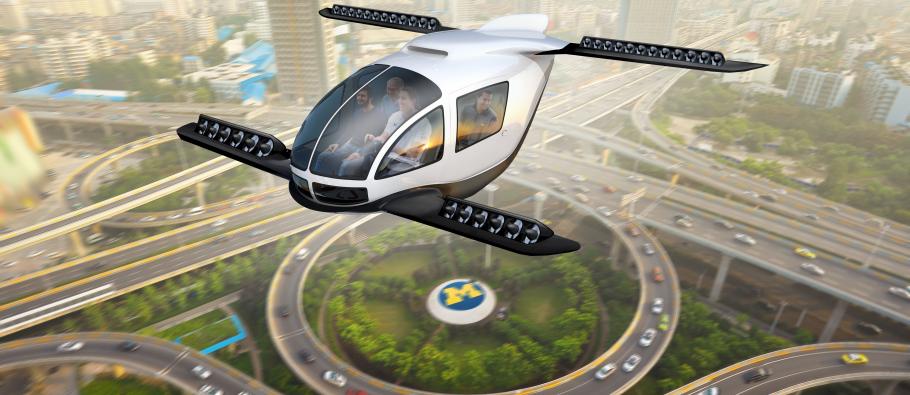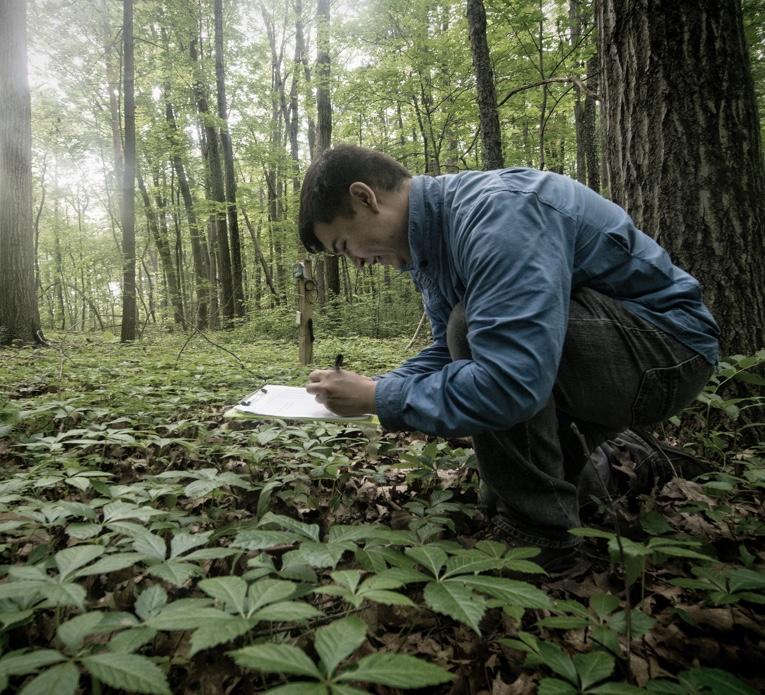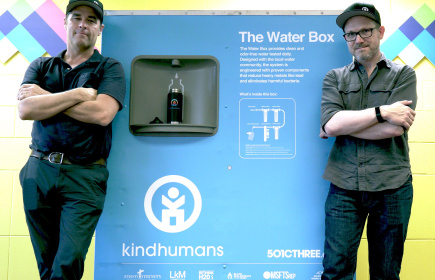Research News
Student research + Impact
Labs
Our research combines molecular biology and biogeochemical techniques. This interdisciplinary approach creates new ways to probe one of the most critical questions in ecosystem ecology: What governs how the nitrogen cycle interacts with massive nutrient loading and global climate change? The goal of our research is to make fine-scale measurements of microbially-mediated nitrogen transformations and scale those rates to understand nitrogen inputs and losses at the ecosystem level. The Newell Lab focuses on rates of nitrogen transformations (nitrogen fixation, nitrification, anammox, and denitrification) and the relationship between those rates and the diversity and abundance of functional genes, which control key steps of each process.Human impacts have altered the nitrogen cycle more than any other: our planet now processes 4 times the fixed nitrogen annually than it did 100 years ago! This excess nitrogen has serious consequences for our surface and coastal waters. We are interested in the interactions between global climate change, gross human perturbation of the nitrogen cycle, and subsequent changes in ecosystem function. The Newell Lab works to quantify the changes to our natural systems from nitrogen loading and try to mitigate them.
Our research focuses on developing and communicating answers to important societal questions about historical and future variability in regional water quantity and quality over multiple time scales. We pursue projects that directly support sustainable environmental and human health management and policy decisions. Planning for and adapting to fluctuating water supplies, for example, requires differentiating and effectively communicating relative impacts of climate change, consumptive use, and engineered water management solutions. Similarly, ensuring water supplies are of a high enough quality to meet their intended use requires identifying and mitigating detrimental impacts of point and non-point source pollution and understanding complex coastal physical processes. Our research group develops creative and high-impact solutions to these types of real-world hydrologic science problems through novel modeling and statistical analysis techniques, direct engagement with stakeholders, and integration of expertise and resources across scientific disciplines and institutions.
Our research aims to reduce environmental impacts of energy systems and to safeguard energy systems against a changing climate. Through computational modeling, we capture the operation, deployment potential, and environmental impacts of low-carbon technologies given the constraints and features of larger systems in which they are embedded. To safeguard proper functioning under a changing climate, we also quantify how climate change might impact planning and operations of future energy systems.
The Sustainable Future Hub supports sustainability decision-making on campus and beyond. How we view the present and envision the future informs solutions. In a time of rapid societal and environmental change, the ability to harness technology to analyze and interact with data and environments is critical to anticipating the most pressing sustainability problems.
















